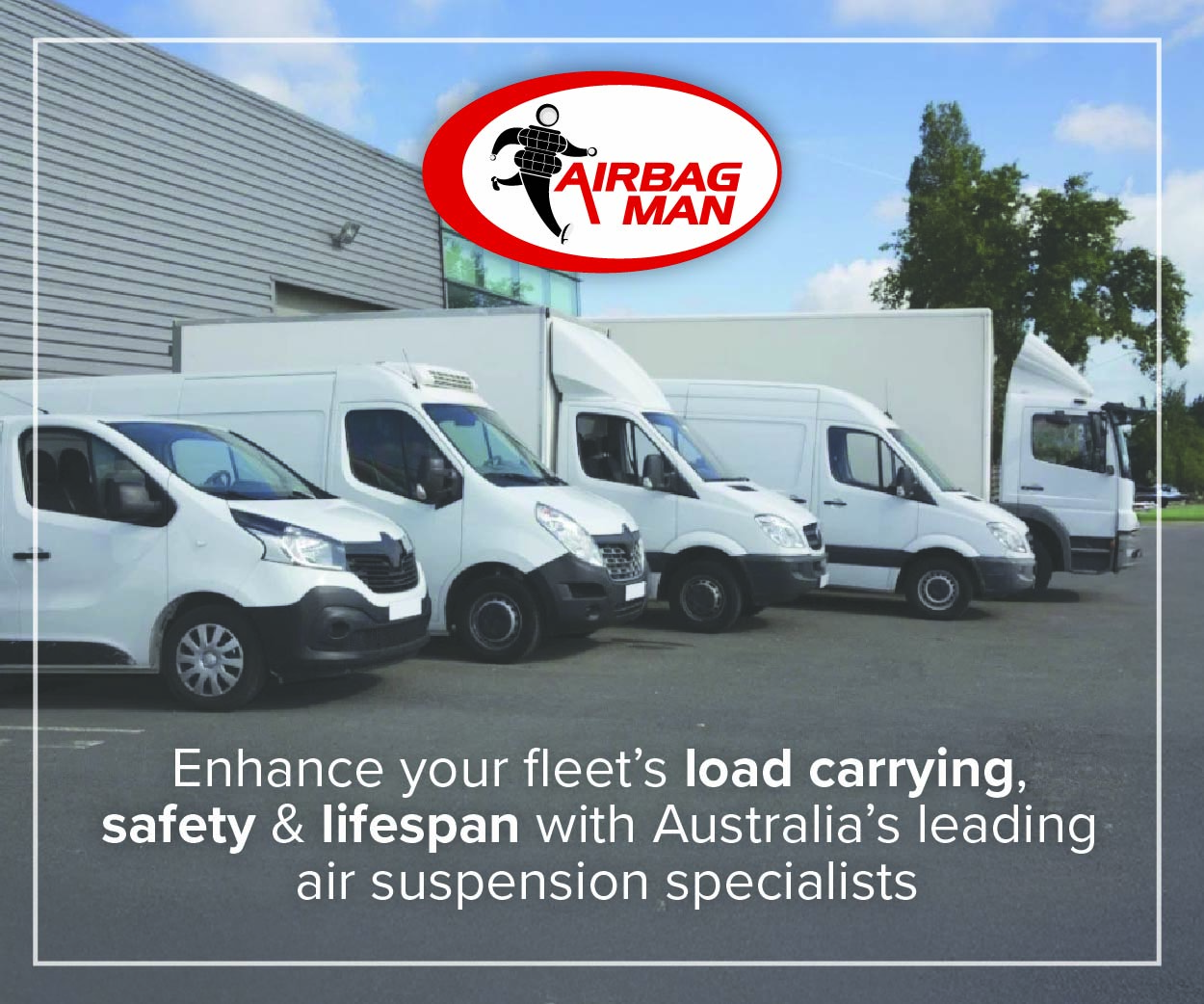The Australian Government has recently updated its fleet vehicle selection policy to reduce carbon emissions and to help meet its environmental targets.
According to the Department of Finance’s website, procurement officials must prioritise low-emission vehicles (LEVs) for all new passenger vehicle purchases with a preference for battery electric vehicles (BEVs) and hydrogen fuel cell vehicles (FCEVs).
On the other hand, plug-in hybrid vehicles (PHEVs) will only be considered in exceptional cases, such as for extensive regional travel.
The policy also emphasises safety with all vehicles required to have a ‘five star’ Australasian New Car Assessment Program (ANCAP) rating, dated within the last three years. This ensures that the fleet maintains the highest crash safety and protection standards.
“This best-practice update to the Commonwealth’s fleet purchasing policy shows clear leadership through action and we encourage other fleets and private consumers to consider adopting the same approach when it comes to shortlisting new vehicles for purchase,” said ANCAP Chief Executive Officer Carla Hoorweg in a statement.
Furthermore, vehicles must meet minimum ‘fit for purpose’ requirements and provide value for money, considering environmental, and climate change impacts.
The government aims to have 75 percent of new passenger vehicle orders as LEVs by 2025, supporting the broader goal of achieving net zero emissions for the Australian Public Service by 2030. This excludes vehicles used for operational law enforcement, covert activities, defence, or national security functions.
To ensure transparency, the Department of Finance will publish details of the fleet’s transition to low emission vehicles, with entity-level reporting expected to start in mid-2024.
Did you find this article interesting? Click the ‘heart’ button above to give it a ‘like’!



















